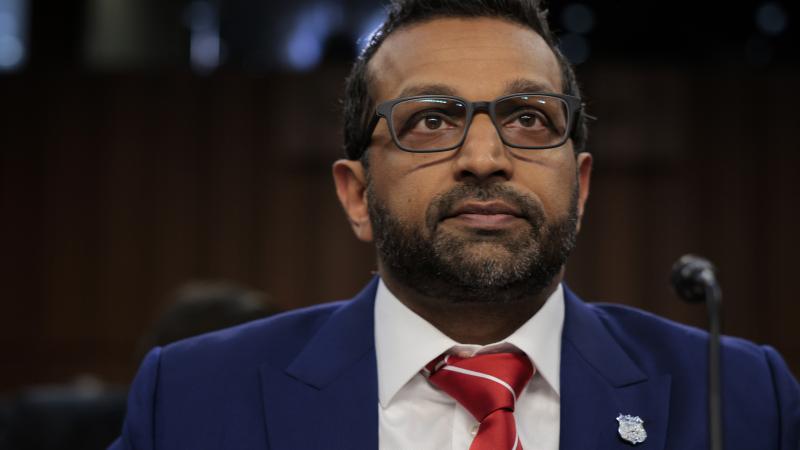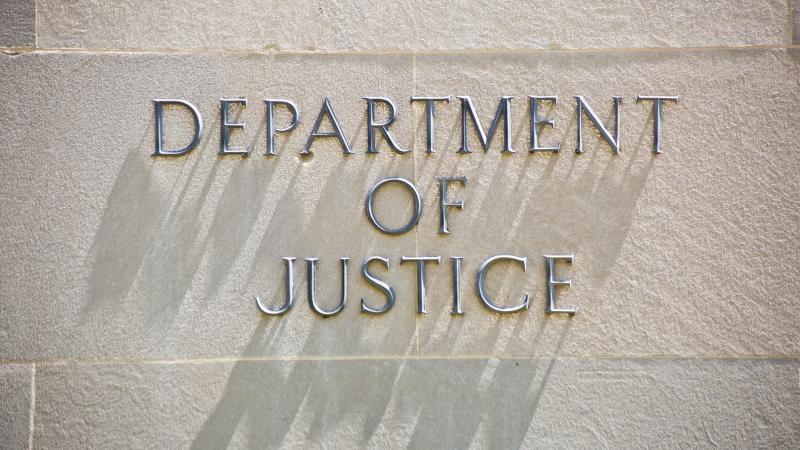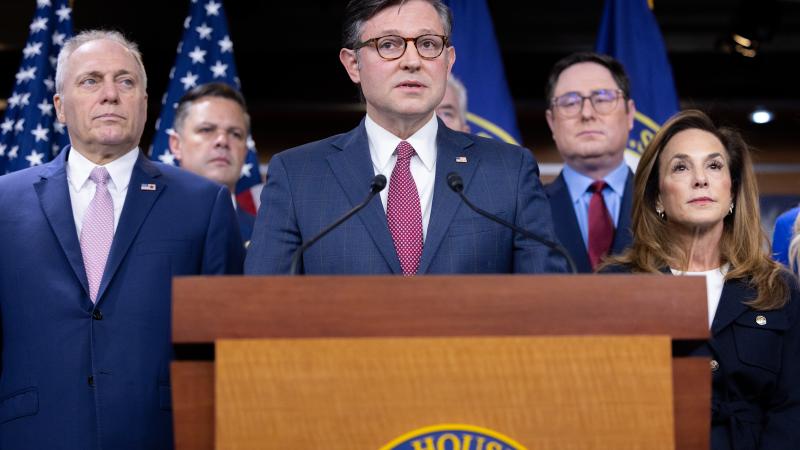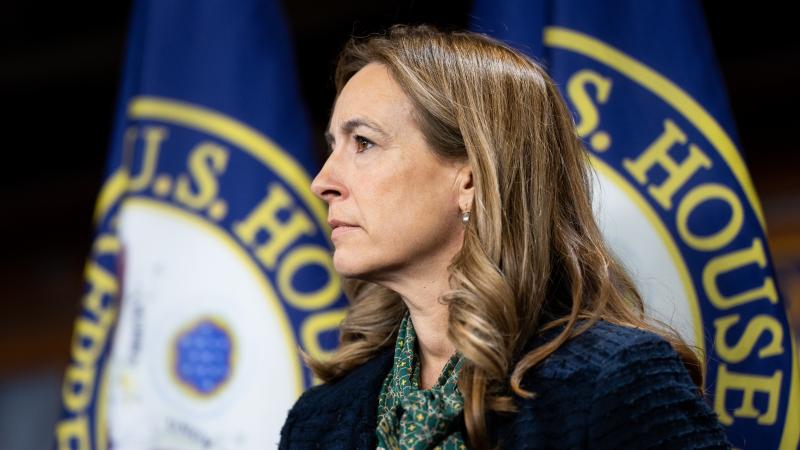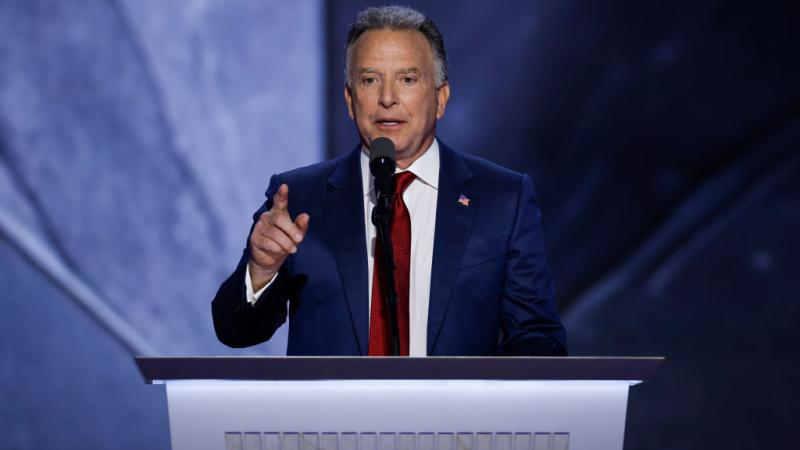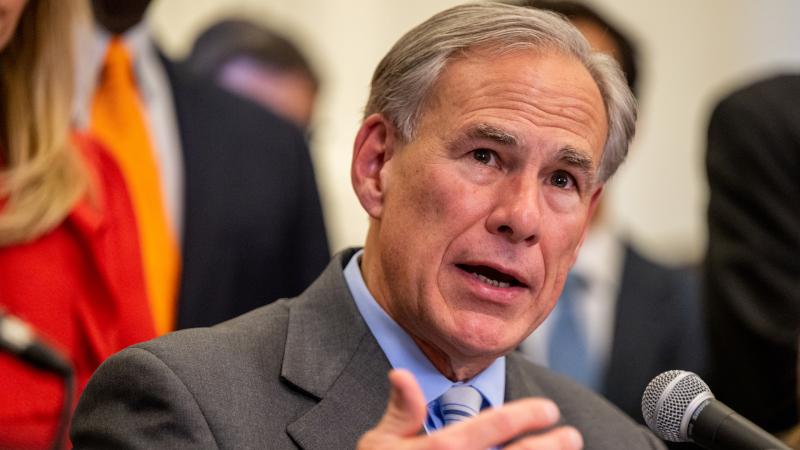Beleaguered Postal Service gets new boss, but concerns persist amid archaic biz model, few solutions
Since 2007, cumulative USPS losses exceed $98 billion,
After 250 years of existence, the U.S. Postal Service (USPS) is at a pivotal crossroads – stuck in a dead-letter pile of delays, deficits and doubt with $9.5 billion in losses last year alone and mail sometimes taking weeks just to cross town.
A Full Measure investigation looks inside the delays, fiscal troubles and future fixes.
Mark Dimondstein is president of the American Postal Workers Union.
“Is [mail delivery] taking longer than it did when you [worked at the post office] in the 1980s?” I asked.
He replies: “It absolutely has taken longer. There's probably multiple reasons. Some of it is this challenging transition. Some of it is short staffing.”
Even postal workers at USPS processing centers are frustrated by the sorting nightmare they face.
“Delivery standards have been reduced from top-down mandates by management,” one source tells me. “Mail used to come in today and be gone tonight. Now it comes in, sits and rots and eventually leaves when the old stuff is pointed out by the workers.”
Dimondstein pins the logjam on a 2021 cost-saving misstep: a pilot program for a “Regional Transportation Optimization plan.” It ended up sending local letters on far-flung detours to distant hubs, delaying even next-door deliveries.
“I'll give you an example,” Dimondstein tells Full Measure. “They had decided to take mail from Medford, Oregon, where there's a small processing plant, to Portland, Oregon. It's a six-hour truck ride. That's an absurdity.
"Now, if you're taking a package from Medford, Oregon, and you're sending it to Boston, Massachusetts, it may make perfect sense to consolidate in Portland, fill up the trucks, fill up the airplanes, and it makes the whole process more efficient. But that same package that I'm mailing from Medford to Medford, if it goes on a six-hour truck ride, it's gonna be delayed by at least a day if not more.”
He says criticism from his union and an Inspector General report recently convinced the USPS, an independent agency of the executive branch of the federal government, to abandon Regional Transportation Optimization plan.
David Maroney is with the General Accountability Office (GAO), which has studied many facets of the postal services’ problems.
“What would you say is the current state of the US Postal System?” Full Measure asked him.
He replied: “It's in poor financial condition, and it's been that way for a long time. Its business model is fundamentally unsustainable.”
Since 2007, cumulative USPS losses exceed $98 billion, with unfunded liabilities and debt hovering at about $143 billion as of 2018.
Now, President Trump is eyeing a fix, floating a USPS merger with the Commerce Department under Secretary Howard Lutnick.
And on Friday, the Postal Service Board of Governors announced the appointment, reportedly at Trump's urging, of David Steiner, a former Waste Management CEO, as the country's new postmaster general.
Steiner, is also on the FedEx board of directors with the title of lead independent director, a post he will leave to join USPS.
Prior to the passage of the Postal Reorganization Act of 1970, USPS had operated directly under the White House. Now, the board, appointed by the president, chooses the postmaster general and provides oversight.
Maroney says Congress has a number of solutions at its disposal.
“You could have it become a governmental entity again, where Congress basically subsidizes the postal service to keep it financially stable. You could privatize all or part of the postal service and try and deal with it there," he says. "You could do a mix of subsidies for some very specific tasks that the postal service does, where it runs like a business and others.”
Dimondstein says he’s worried about all the ideas being floated, calling them “dangerous to postal services.”
“If the post office were to be privatized, what privatization means is it’s gonna be broken up and sold off to private corporations who would then make their decisions about where to send, where to go as to whether they can make a profit,” said Dimondstein.
For more on this story, watch "Full Measure with Sharyl Attkisson” Sunday. Attkisson's most recent book is "Follow the $cience: How Big Pharma Misleads, Obscures, and Prevails.”





